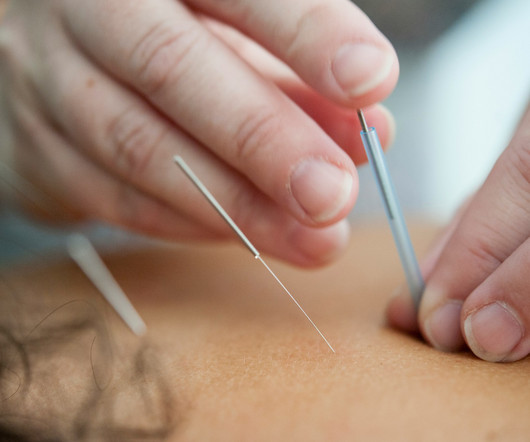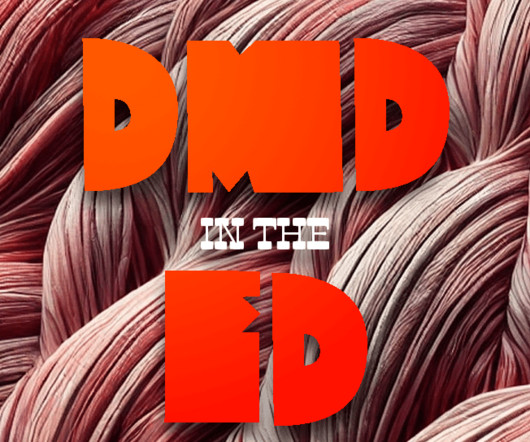Nonsurgical Admissions And The Nelson Score
The Trauma Pro
OCTOBER 18, 2024
All trauma centers admit some of their patients to nonsurgical services. This usually occurs when patients have medical comorbidities that overshadow their injuries. Unfortunately, the decision-making that goes into balancing the medical versus trauma issues is not always straightforward. The fear is that if trauma patients are inappropriately placed on a nonsurgical service, mortality and morbidity may be higher because their injuries may not receive adequate attention.












Let's personalize your content